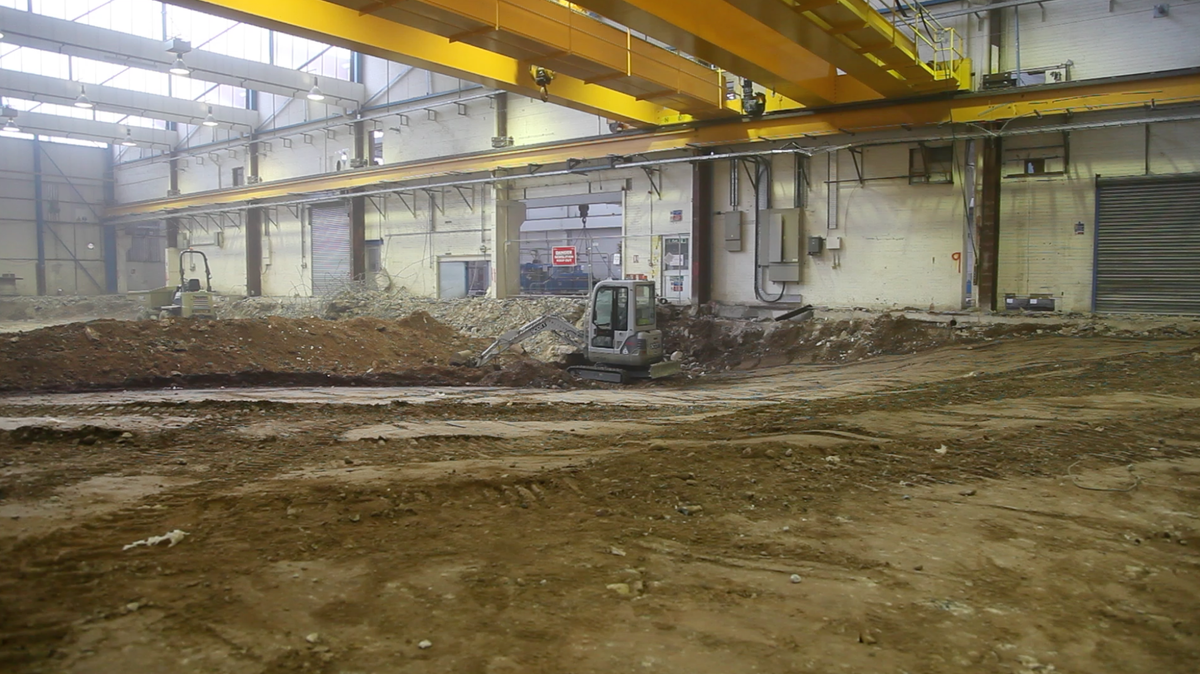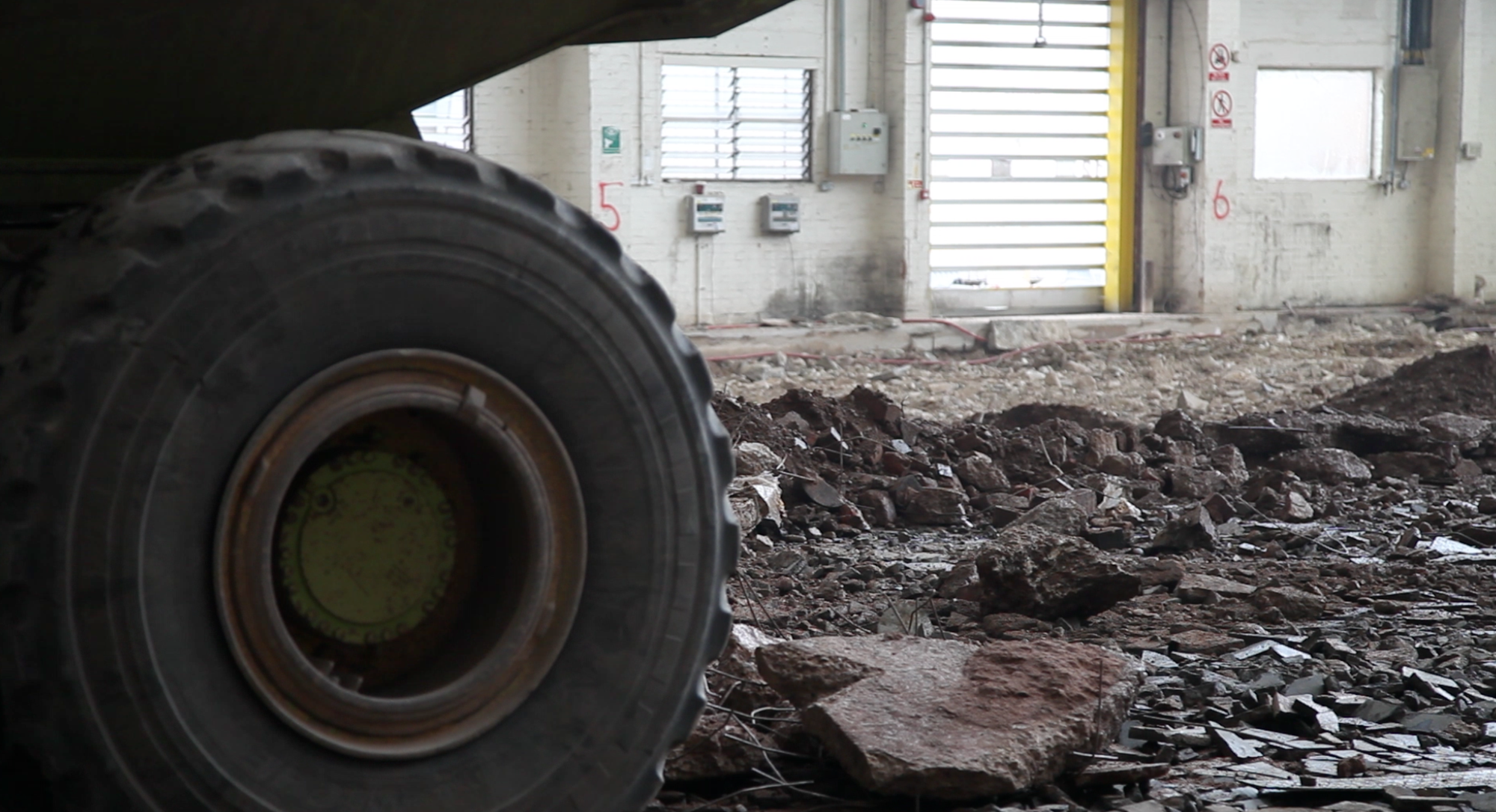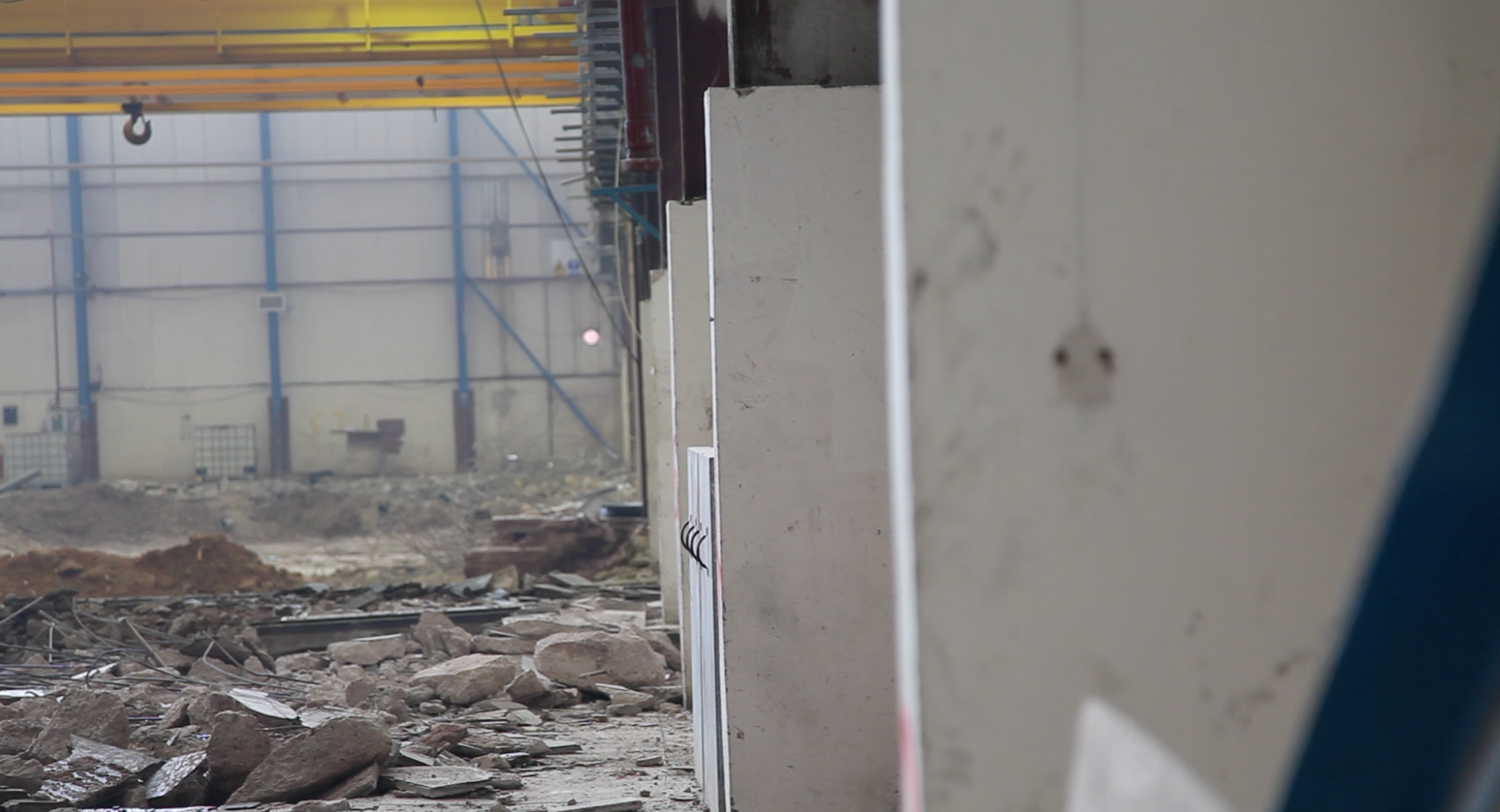A Level Playing Field?

If the environmental lobby gets its way and demolition is side-lined in favour of building re-use, will the refurbishment sector face the same regulatory, legislative and education obstacles? DemolitionNews founder Mark Anthony reports.
Outside of the nuclear and oil and gas industries, demolition is far and away the most heavily-regulated, legislated and scrutinised sector in the UK’s industrial spectrum.
Workers cannot set foot on a UK demolition site without first completing a training course and earning a recognised competence card. If they want to do anything beyond pushing a broom on site, they will require further cards to signify their qualifications to operate machines or to carry out specific tasks.
Depending what the specific demolition project is, the contractor may have to adhere not only to stringent demolition regulations but those for other sectors too including railway, petro-chemical and nuclear.
Taking on a demolition contract of any kind immediately places the responsible contractor under the scrutiny of local people, neighbouring businesses, the local authority, the Environment Agency and the Health and Safety Executive.
And while the industry itself has long resisted calls for it to be licensed, demolition has such high regulatory barriers to entry that it might just as well have a license scheme too.
Amidst fears over embodied carbon and sustainability, there are now calls for demolition to be cast in the role of last resort. Environmentalists, architects, academics, politicians and certain sectors of the media believe that developers should now be required to provide proof that demolition is the most suitable option. And the ”RetroFirst” lobby is gaining momentum.

Unless you are a climate change denier, it is hard to argue with the science that lies at the heart of the embodied carbon argument. That being said, until there is an agreed and well-defined measure for what is considered to be a tolerable waste of embodied carbon, any blanket proposals are – at best – misleading and – at worst – inappropriate.
But what if the RetroFirst campaign is successful? What if planning regulations are changed to all but outlaw demolition? What if there is a subsequent swing in favour of refurbishment, repair and refit demand? Is the refurbishment sector suitably well-trained, well-educated and well-regulated to take up the mantle?
If it is decreed that a building should be clutched from the jaws of a demolition contractor and refurbished instead, the chances are that it will require elements of that building to be modified and altered in some way. It is possible that walls may need to be removed or replaced; beams may need to be exposed; that ceilings and floors may need to be changed.
All of that has the potential to expose refurb and refit workers to asbestos, silica dust, polychlorinated biphenyls (PCBs) and a whole host of other potential hazards, toxins and airborne nasties.
To the average demolition contractor, such hazards are all in a day’s work. They have decades of experience dealing with potentially harmful materials; they have received extensive training and have the relevant competence cards to prove it.
Do refurbishment and refit contractors and their workers possess similar levels of training and experience?
Similarly, the UK demolition industry is so mature that it has amassed a deep infrastructure with which to support those companies working within its confines. There are codes of conduct; proven methodologies and sets of published guidance to reinforce them; and a broad and far-reaching training regime and competence card scheme to boot.

All of those systems have taken decades to develop, hone and perfect. If the refurb sector is to offer a viable alternative to demolition, it needs to start work on setting these things in place roughly a decade or more ago.
And here’s the biggest issue of them all. We can all agree that we are facing a climate crisis. We can all agree that some of our built environment is worthy of preservation. Some might grudgingly admit that, in some instances, refurbishment really is a better solution than full-scale demolition.
However, a knee-jerk switch from demolition to refurbishment and refit potentially places workers at risk for which they are untrained and unprepared. Such a move could result in an increase in accidents and even fatalities.
For all our concerns about safeguarding the environment, is that really a price we’re willing to pay?
